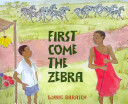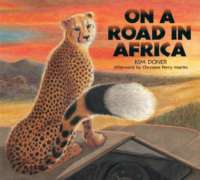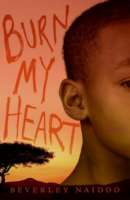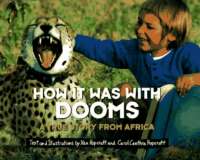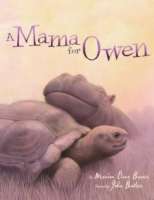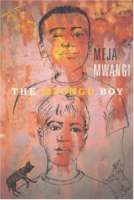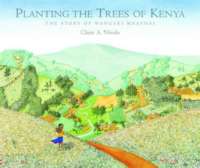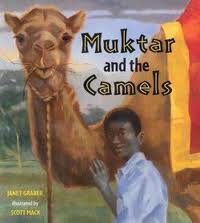
Muktar lives in an orphanage on the border of Kenya and Somalia. He daydreams about his old life with his family and especially tending to camels. One day, visitors arrive bearing books, and Muktar’s friend Ismail is excited; so is Muktar, but for a different reason—the visitors are riding on camels. Muktar quickly discovers that one of the animals is injured and realizes this is his chance to prove himself. If there is anything Muktar knows, it is camels. Through the eyes of an endearing protagonist whose love and respect for animals shines, this beautifully told story introduces young readers to another part of the world and way of life.

